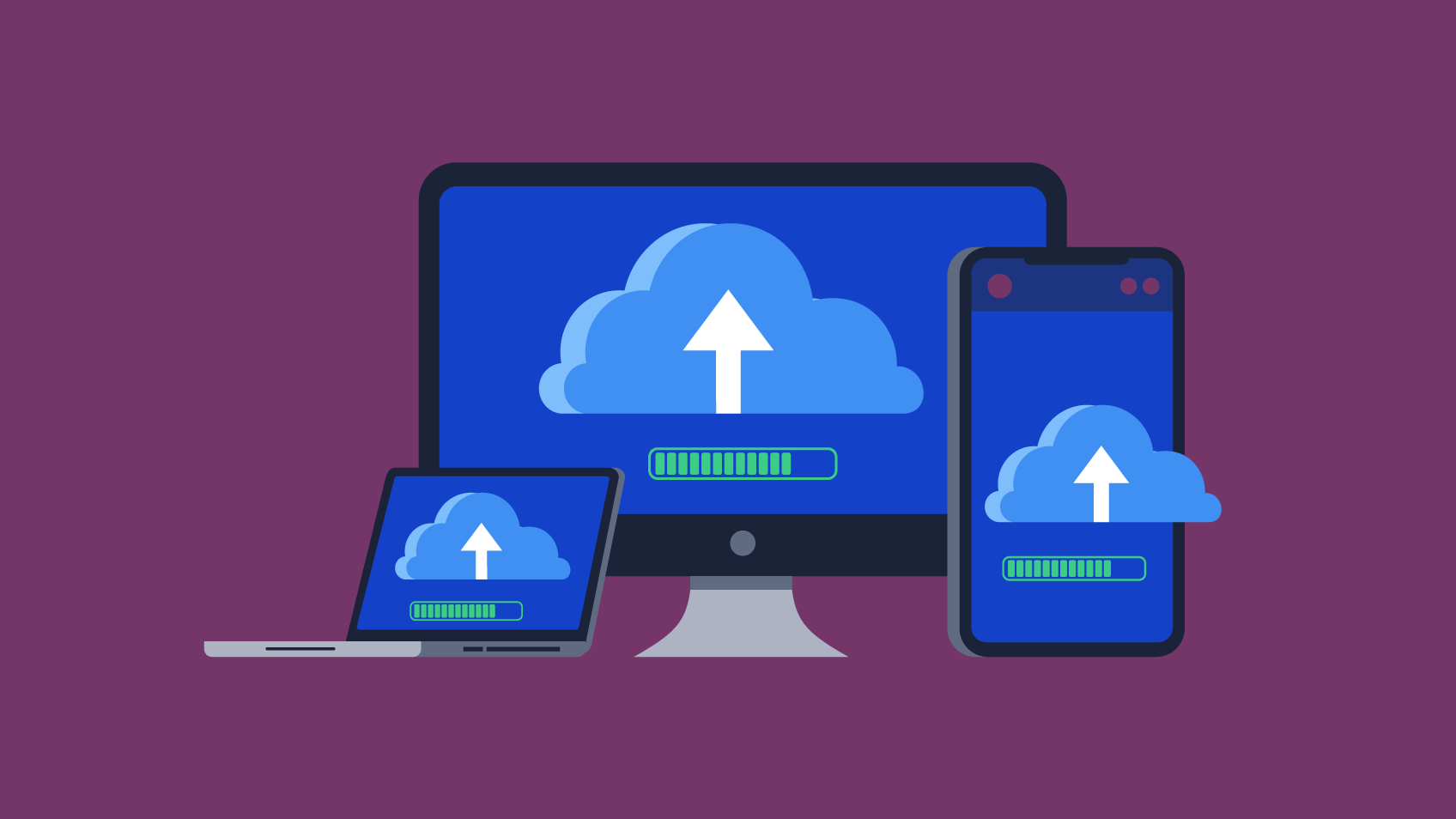Blockchain has been much discussed recently. We decided to gather our three Blockchain experts to talk about the subject in order to clarify its concept, the differences between public Blockchain and private Blockchain and its practical uses in some industries, such as in Health and in Supply Chain.
Firstly, it is necessary that we understand that Blockchain has the ability to change something completely fundamental that supports society, something we do thousands of times a day: the way we trust. Not only concerning personal relationships, but also how we run a business. Trust is the foundation of every transaction, from the pre-historic age to the market economy, not forgetting the industrial society and the current information age. The vital currency in every transaction is the trust established between all the parties. Until the birth of Blockchain, acquiring that trust was possible through the image of a ledger, which kept the information of every act. However, because of this structure, the information kept by ledgers could be accessed and corrupted. Inside that structure, you can erase, edit and add information about a certain transaction. The main advantage of the Blockchain paradigm is exactly the fact that you can make these data unchangeable, therefore making it impossible to disturb the information. With this paradigm, all events have a unique key, virtually impossible to hack. Each “block” contains information that allows it to connect to previous blocks and its own content. This dependency creates a status based on the history of all transactions, thereby creating, basically, a “chain” of information. Therefore, the technology creates the conditions so that the stored data is completely unadulterated; this paradigm significantly changes the way we trust our transactions.
The concept of Blockchain – Pedro Martins, Senior Business Executive, Xpand IT
Even though the project was initially focused on electronic monetary transactions (Bitcoin architecture), the concept (Blockchain) has expanded to other architectures and now goes way beyond what was initially expected. Nowadays, the new architectural models of the concept can be applied to countless business models.
Firstly, we need to understand that Blockchain is not a technology, but a concept with specific structural features. At its core are three essential points: Transparency, Safety and Data Immutability.
Blockchain, as a concept, is a P2P (Peer-to-Peer) distributed network where each node works as a Client/Server, without needing a centralised control system. This allows the parties involved to create transactions in a direct way without needing third parties to validate them, that is, the validation comes from the confirmation of the network that accepts the transaction, which makes it impossible to corrupt or adulterate transactions. All transactions are registered in the ledger, which is basically an index of the transactions for the network.
It is important to note that there are various Blockchain architectures besides Bitcoin, such as Ethereum, Hyper Ledger and Ripple, which make it possible to apply this concept to other Business Models.
Public Blockchain vs. Private Blockchain – Francisco Correia, Project Manager, Xpand IT
There are two options that can significantly influence the ability to develop solutions for companies using Blockchain. I am talking about using a public Blockchain versus using a private Blockchain.
In the first case, we want to benefit from an infrastructure in which the nodes are public and where the transaction processing has a linked “inducement”. In these networks, there is an added feature of associated anonymity, as well as a replica typically bigger than the chain. However, the fact that each transaction has a cost makes it more complex to define a business model. Signs that there is indeed a market problem related to this are the EOS token and the search to find different ways to ascribe transaction costs.
In a private Blockchain, the Blockchain nodes are controlled by one or more entities, and the transactions do not have an associated cost other than the cost of the infrastructure maintenance. Here, any type of interaction on the Blockchain requires permission and the definition of roles. The permissions do not compromise the safety of the Blockchain in any way. Nevertheless, it is better to develop these solutions using the extraordinary assets of transparency and auditability, therefore making the most of some of the innate qualities of this technology.
The decision to choose one or the other model requires the definition of a few things first: the importance of factors as a cost control, the need for permissions, and infrastructure control. I believe consideration of these factors shows the way, and very concrete business models usually result from this approach. This is where we can find some resistance from organisations in actually adopting this technology. To take a step forward towards a proof of concept with only the idea that it makes sense is not enough. It is important to analyse which problems will have to be solved independently from the functionality.
Practical uses of Blockchain – José Camacho, IT Consultant, Xpand IT
When it comes to Blockchain, the most well-known use cases are associated with the registry of financial transactions (cryptocurrency and tokens), thereby allowing data immutability, transaction transparency and decentralisation (absence of a global authority). Even though it was created primarily for digital transactions of goods, it was quickly realised that there were other use cases where the Blockchain technology properties could be applied. Some examples are from Supply Chain or in Health and Medical Care.
Supply Chain
In a world guided by technology, the consumer does research and makes decisions based on the information given to them. It will be possible to show the consumer, with transparency, information such as the source of the products or their transportation conditions, by registering each step in a distributed ledger, following the product from its source to the place of sale.
Concerning business partners, Blockchain technology allows the update and validation of the goods’ status in real time, throughout the various network parties. In this kind of partnership, it is also possible to maintain a logic of value transfer or responsibilities concerning the goods.
The eradication of fraud and the streamlining of processes are strong considerations when comparing a solution based on Blockchain and one based on centralised databases.
Health and Medical Care
Usually, patients keep information about their health in various medical facilities. A doctor of a hospital might require access to information of some clinical analysis or medical examination results associated with the information system of another hospital, or the patient might want to change medical facilities and transfer their history to another facility.
Some countries, such as the United Kingdom or Canada, share the patients’ registry, but in a centralised and non-transparent way. By linking the medical registry of a patient to a Blockchain, it is possible to provide automation and control of accessing personal information from different parties (hospitals, clinics, insurance companies). Besides, this technology results in savings on audit costs and enhances transaction transparency.
There are a lot of perspectives on Blockchain and the practical and potential advantages of using this paradigm in society. This is one of the bets in the field of innovation. Blockchain can be very valuable when linked to other technological solutions and a globalised architecture, thereby allowing it to expand and be applied to new business solutions.
We believe Blockchain came into existence to be applied to the real needs of society, and this is certainly one of the technological paths Xpand IT is investing in.















